Power Lithium Battery Module Design Requirements and Connection Methods
The rapid development of electric vehicles, energy storage systems and other fields, power lithium battery module as an important energy storage device, its design requirements and connection methods are crucial to the performance and safety of the whole system. This article will discuss from two aspects: design requirements and connection methods.
I. Design requirements
-
safety requirements: the design of power lithium battery module needs to consider its safety, including preventing short circuit, overcharge, overdischarge and other situations, as well as safety protection measures when subjected to external impact.
-
Energy density and power density: the design requirements also include the requirements for the energy density and power density of the module, and it is necessary to obtain the highest possible energy and power output in a limited volume and weight.
-
Cycle life and stability: the power lithium battery module needs to have good cycle life and stability, which can maintain high performance stability during long-term cycle charging and discharging.
-
Temperature Management: module design needs to consider temperature management, including heat dissipation design and temperature sensor setting, to ensure that the appropriate working temperature can be maintained in different working environments.
-
Volume and weight: with the demand of lightweight and compact products such as electric vehicles, the design requirements also include the control of module volume and weight to meet the overall design requirements of the products.
2. Connection method
-
series connection and parallel connection: power lithium battery modules are usually connected in series and parallel to meet the requirements of different voltages and capacities. Reasonable design of connection mode can balance the charging and discharging process of the battery and improve the overall performance.
-
BMS (battery management system) design: the connection method needs to be combined with the BMS design. BMS is crucial to the monitoring, balancing, protection and other functions of the battery module, and the connection method needs to meet the requirements of BMS.
-
Connector and wire design: the connection method needs to consider the design of connector and wire, including selecting appropriate connector type, wire section and length, etc. to reduce connection impedance, reduce energy loss and improve safety.
-
Insulation and encapsulation: the connection method also needs to consider insulation and encapsulation issues to ensure that the connection part can effectively prevent potential safety hazards such as short circuit and electric shock.
-
Heat dissipation design: the connection method needs to consider the heat dissipation design to ensure that the battery module can effectively heat dissipation during work and avoid the impact of high temperature on battery performance and safety.
The design requirements and connection methods of power lithium battery modules directly affect the performance and safety of the entire energy storage system. Manufacturers should fully consider factors such as safety, energy density and connection mode in the design process, and constantly optimize the design and connection scheme in combination with the latest technologies and standards to meet the market's requirements for high performance, requirements for safe and reliable power lithium battery modules.
 Dongguan Juneng New Energy Technology Co., Ltd.
Dongguan Juneng New Energy Technology Co., Ltd.
 137 5142 6524(Miss Gao)
137 5142 6524(Miss Gao)
 susiegao@power-ing.com
susiegao@power-ing.com
 Xinghuiyuan High tech Industrial Park, Dalang Town, Dongguan City, Guangdong Province
Xinghuiyuan High tech Industrial Park, Dalang Town, Dongguan City, Guangdong Province


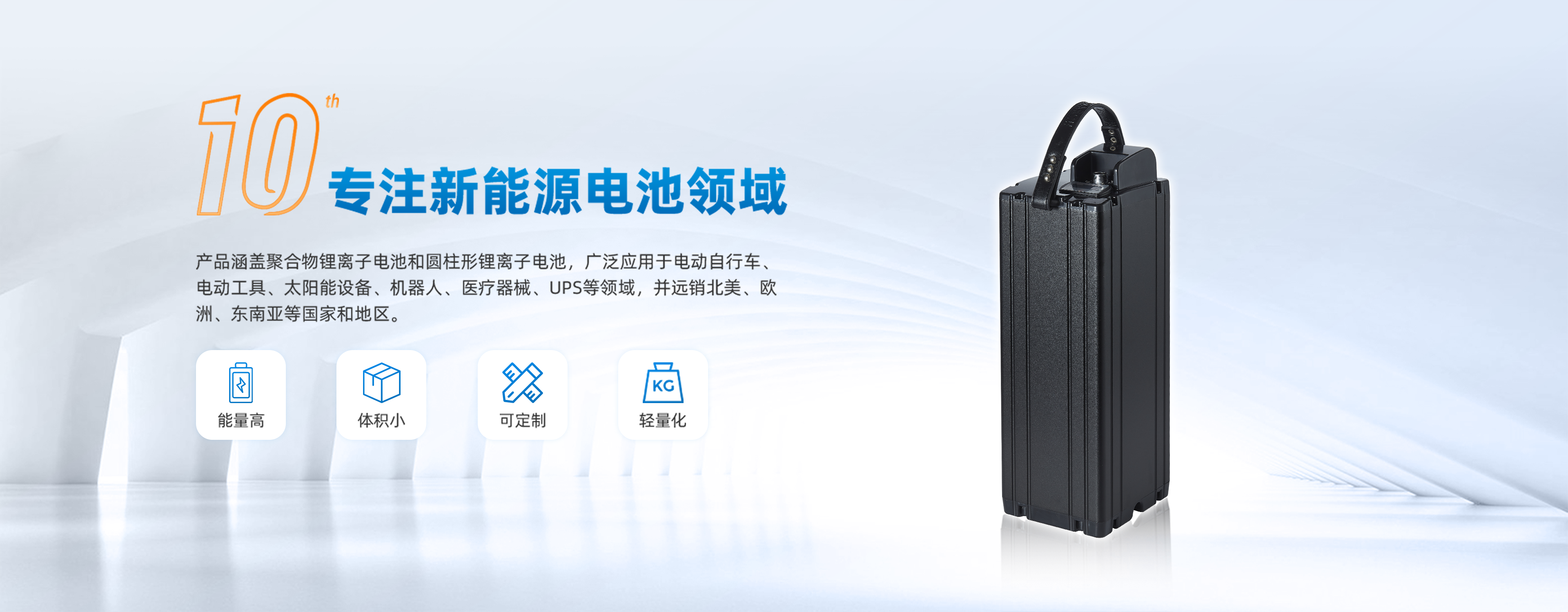
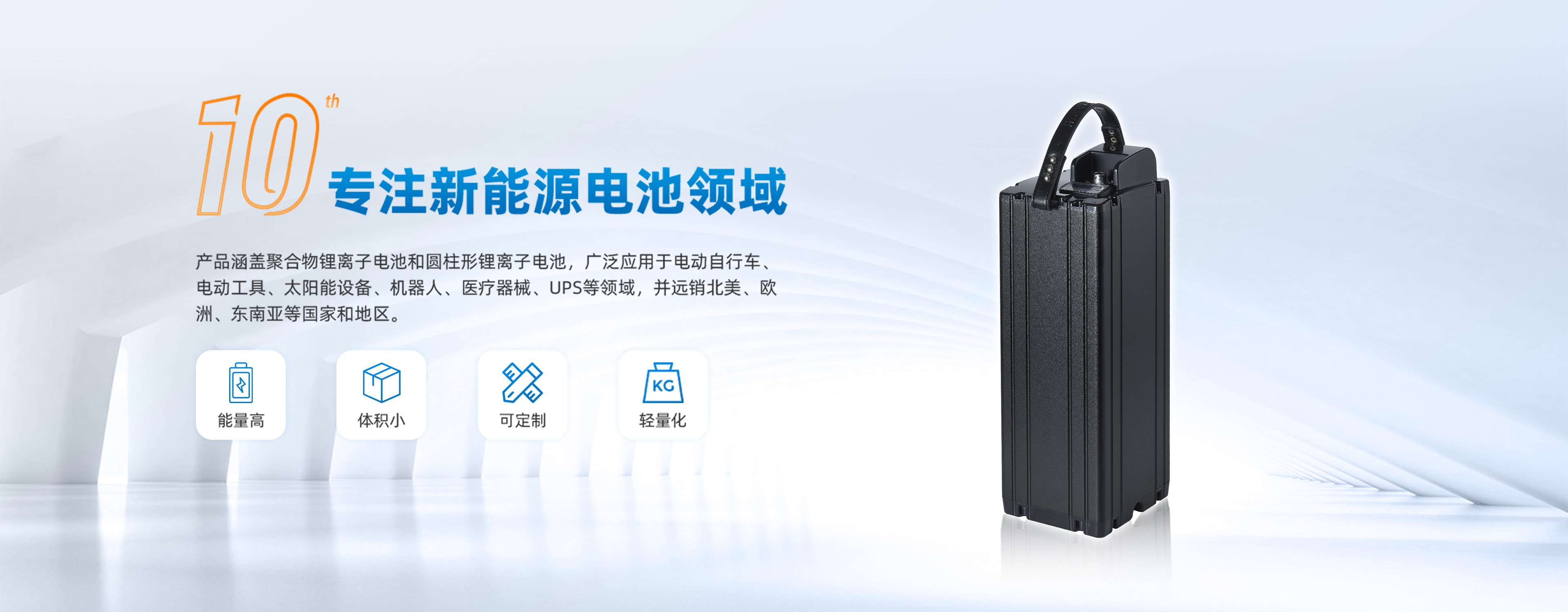
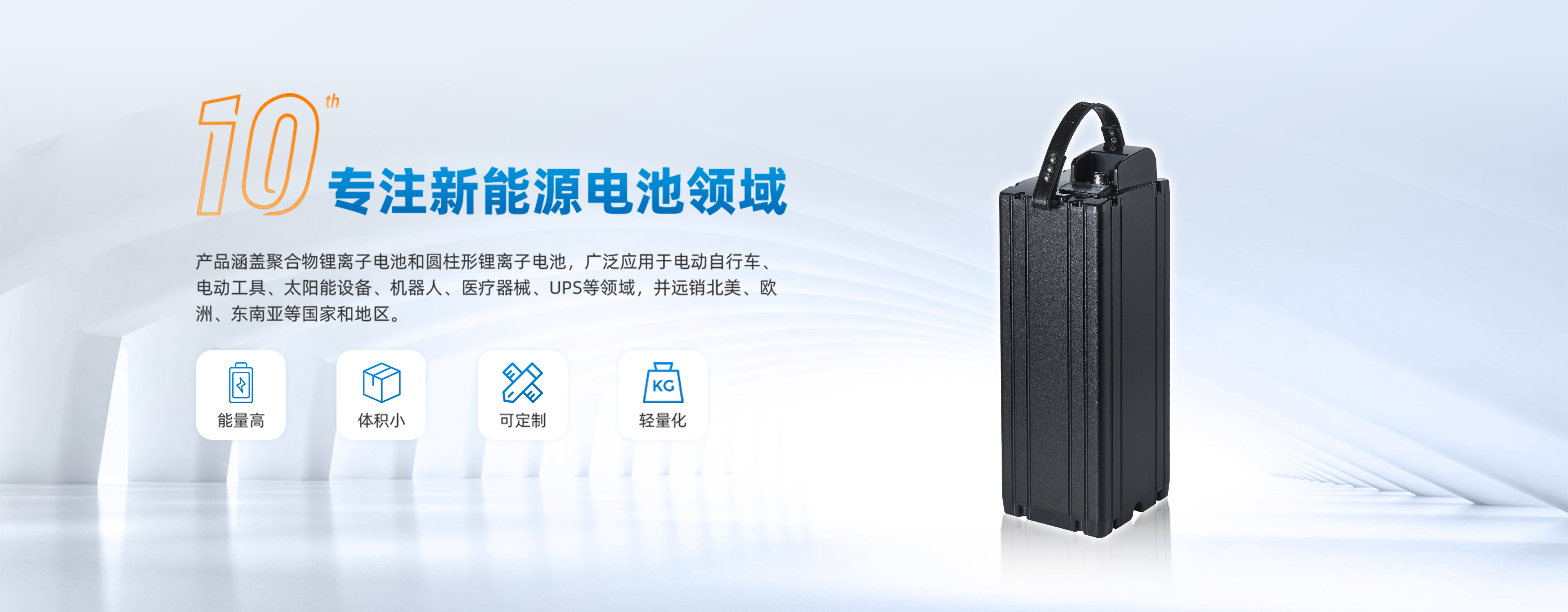



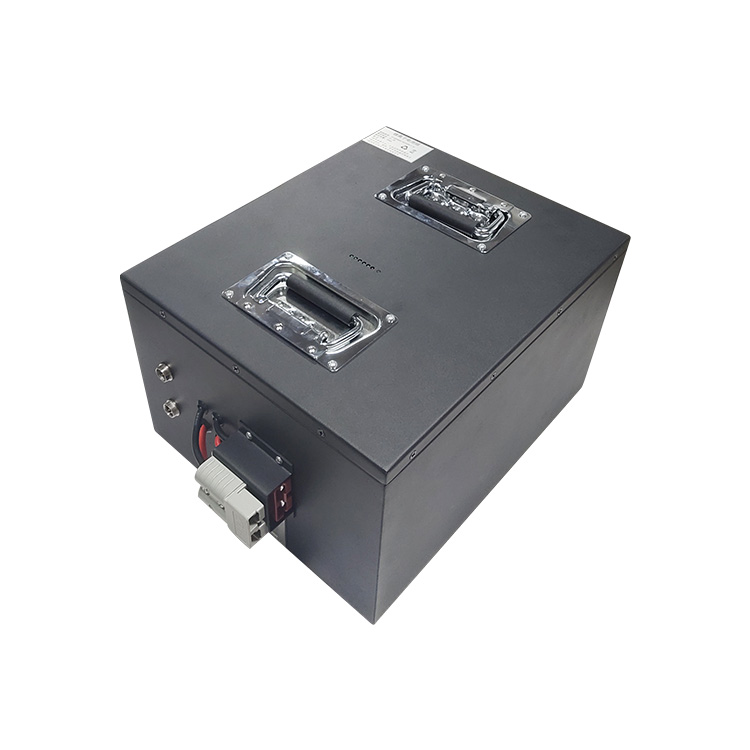


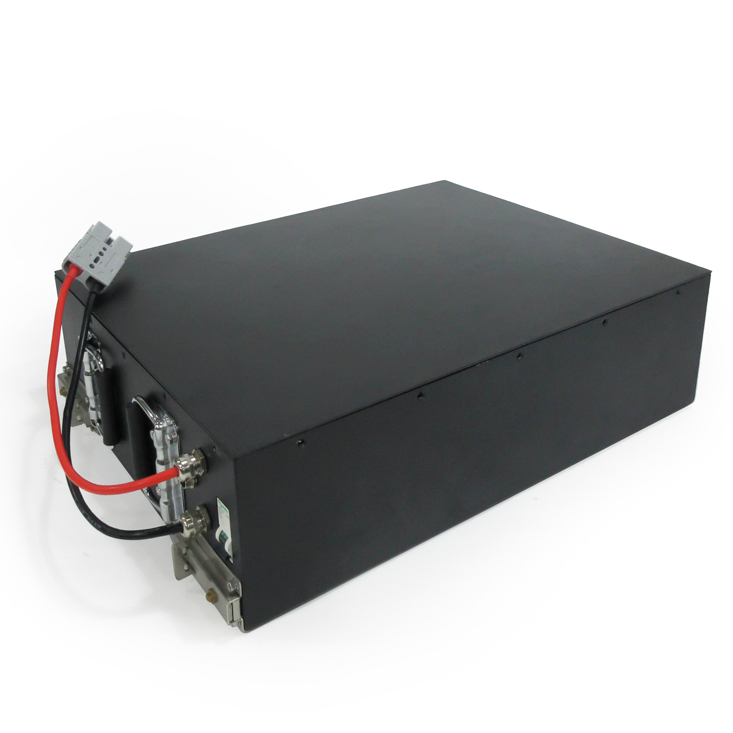

 Yue Gong Wang An Bei No. 4419002007491
Yue Gong Wang An Bei No. 4419002007491